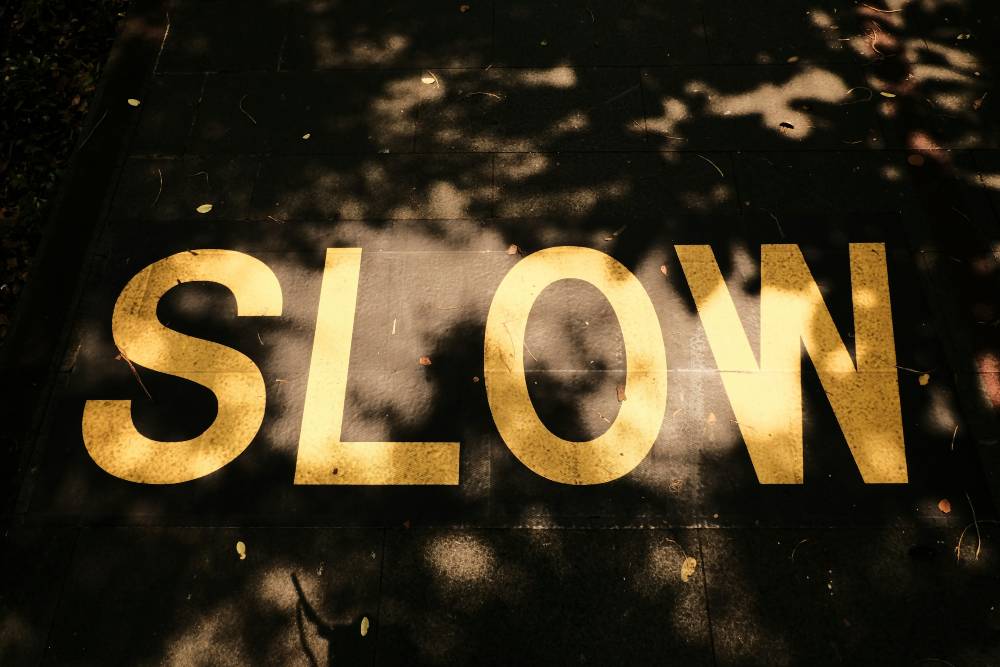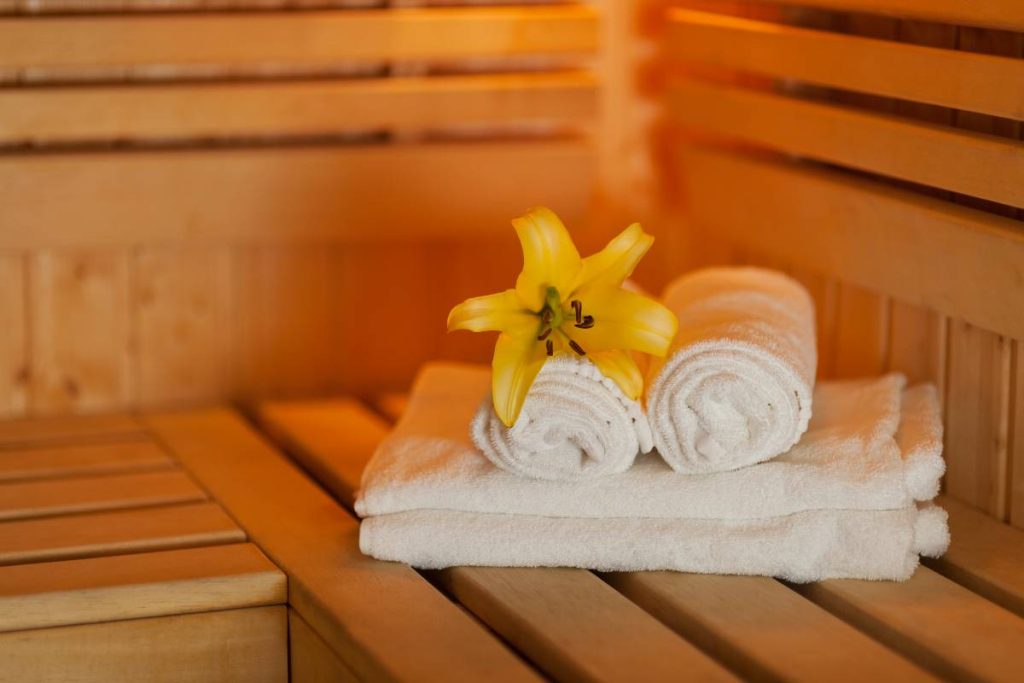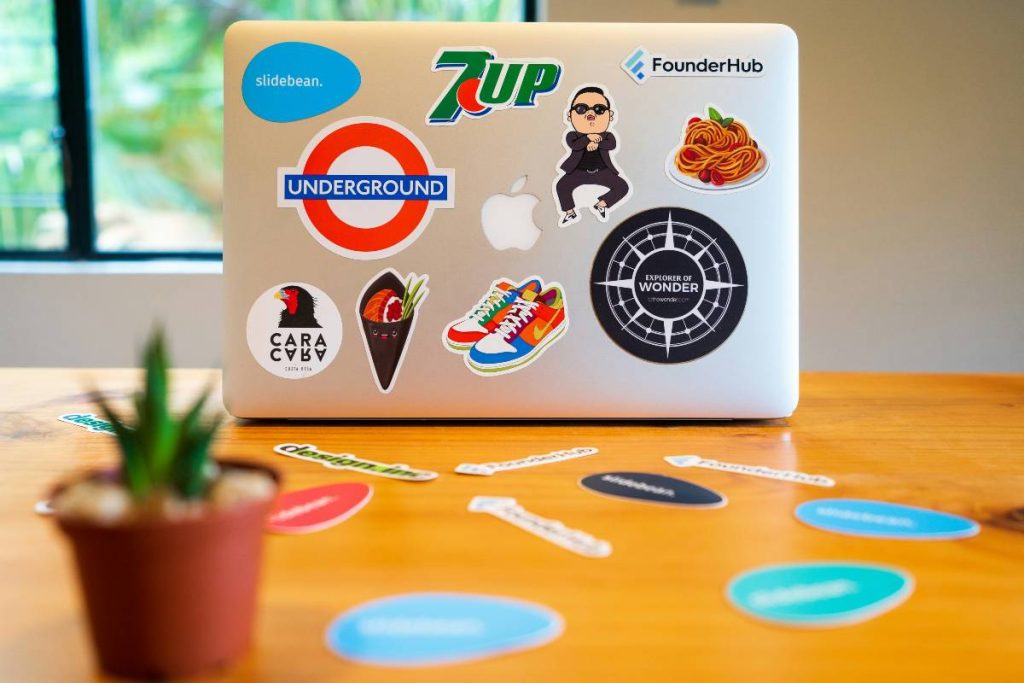Life moves fast. Days blur into weeks, and before you know it, you’re exhausted, wondering where the time went. I used to rush through my days, juggling work, errands, and endless notifications, only to feel empty at night.
Then I discovered slow living. It changed everything.
Slow living is about finding peace in the moment, savoring the little things, and letting go of the race.
In this article, I’ll share what slow living means, why it matters, how you can embrace it, and what to do if it feels out of reach.
What Is a Slow Lifestyle?

Slow living is a way of life that values quality over speed. Instead of cramming every minute with tasks, you focus on what truly matters. It’s about enjoying a quiet morning coffee, listening to birds chirping, or having a real conversation without checking your phone.
Slow living doesn’t mean being lazy or unproductive. It means choosing to live with purpose, which means giving your time and energy to things that bring joy and meaning.
The Roots of Slow Living
The idea of slow living started with the Slow Food movement in Italy during the 1980s. People wanted to enjoy home-cooked meals instead of fast food. They valued local ingredients and shared dinners with loved ones.
Over time, this idea grew beyond food. Today, slow living touches every part of life, from work to relationships to how we spend our free time. It’s a response to our busy, tech-driven world, where constant hustle leaves us drained.
What Slow Living Looks Like
Imagine waking up without an alarm, stretching, and eating a warm breakfast while sunlight streams through your window. You might spend your day working on a project you love, taking breaks to walk outside or read a book. In the evening, you cook a simple meal and talk with family or friends.
Slow living looks different for everyone, but it always feels calm, intentional, and connected. For me, it’s gardening on weekends, feeling the dirt in my hands, and watching tiny seeds grow into plants.
Why It Feels Good
Living slowly helps you notice the world around you. Colors seem brighter, conversations feel deeper, and stress fades. You’re not racing to the next thing, so you can breathe. Studies show that mindfulness, a big part of slow living, lowers anxiety and improves focus.
When I started practicing slow living, I felt lighter, like I was finally in control of my days instead of chasing them.
Why You Need a Slow Lifestyle

Our world pushes us to go faster. Phones buzz, deadlines loom, and social media shows everyone else living “perfect” lives. But rushing all the time hurts us. Here’s why slowing down is worth it.
It Protects Your Health
Constant busyness stresses your body. It can raise your blood pressure, mess with your sleep, and make you feel tired all the time. A 2019 study found that chronic stress can even weaken your immune system. Slow living gives your body a break.
When I started taking short walks without my phone, I slept better and felt less tense. Simple moments of calm can heal you in ways you don’t expect.
It Strengthens Relationships
When you’re always in a hurry, it’s hard to connect with people. You might nod along while someone talks but not really listen. Slow living makes space for real conversations. Last month, I turned off my phone during dinner with my sister.
We talked for hours, laughing about old memories. Those moments build bonds that last. Slow living helps you show up for the people you care about.
It Sparks Joy
Rushing through life makes it hard to enjoy anything. Slow living lets you savor the little stuff, like the smell of fresh bread or the sound of rain. These moments add up, filling your days with happiness.
I keep a small notebook where I jot down one thing each day that made me smile, like petting my neighbor’s dog or watching a sunset. It reminds me how much joy is already in my life when I slow down to see it.
It Helps You Find Purpose
When you’re always busy, you might lose sight of what matters to you. Slow living gives you time to think about your goals and dreams. Maybe you want to paint, volunteer, or start a family. By slowing down, you can make choices that align with your heart.
For me, slow living meant cutting back on freelance work to spend more time writing stories, something I’ve always loved but never had time for.
How to Live a Slow Lifestyle

Embracing slow living doesn’t happen overnight. It’s a journey of small changes that add up. Here are practical ways to start, based on what worked for me and others.
Start with Your Mornings
Mornings set the tone for your day. Instead of checking your phone right away, try a gentle routine. Stretch for five minutes, sip tea, or write in a journal.
I used to scroll through emails first thing, but now I sit by my window with a cup of coffee, listening to the world wake up. It feels like a gift to myself. Even if you only have 10 minutes, use them to ease into the day.
Simplify Your Schedule
Look at your calendar. Is it packed with stuff you don’t enjoy? Say no to things that drain you, like extra meetings or events you feel obligated to attend. Focus on what matters most. I started blocking out one evening a week for “nothing” – no plans, no chores, just time to read or watch a movie.
It feels like freedom. If saying no is hard, practice with small things first, like skipping a group chat or a last-minute favor.
Disconnect from Technology
Phones and computers keep us tethered to the world’s noise. Set boundaries, like turning off notifications or having tech-free hours. I leave my phone in another room during meals, and it’s amazing how much more present I feel.
Try one tech-free activity a day, like reading a physical book or gardening. If that feels tough, start with 15 minutes and build from there.
Spend Time in Nature
Nature has a way of slowing us down. Go for a walk, sit by a river, or just stand in your backyard and breathe. I love hiking on weekends, feeling the crunch of leaves under my feet. Even in a city, you can find green spaces, like a park or a community garden.
Studies show that time in nature lowers stress and boosts mood. If you can’t get outside, bring nature in with plants or a small herb garden on your windowsill.
Practice Mindful Moments
Mindfulness is about paying attention to the present. You don’t need to meditate for hours. Try small things, like focusing on the taste of your food or the feel of warm water while washing dishes.
I do a quick “five senses” check when I feel overwhelmed: I name one thing I see, hear, smell, touch, and taste. It pulls me back to the moment. These tiny pauses can make your days feel richer.
Cook and Eat Slowly
Food is a big part of slow living. Instead of grabbing takeout, try cooking a simple meal. Chop vegetables, stir a pot, and enjoy the process. When you eat, sit down, chew slowly, and taste every bite. I started making soup on Sundays, and it’s become a ritual I love.
Eating slowly not only feels good but also helps your body digest better, according to nutrition experts.
Declutter Your Space
A messy home can make your mind feel chaotic. Start small, like cleaning one drawer or donating old clothes. Keep things that spark joy or serve a purpose. I cleared out my desk last year, keeping only my favorite pens and a photo of my family.
Now, working there feels calm. Decluttering isn’t about having less; it’s about making room for what you love.
Find Slow Hobbies
Pick activities that let you lose track of time in a good way. Knitting, painting, or playing an instrument can be soothing. I took up pottery last summer, and shaping clay with my hands feels like magic. If you’re not sure where to start, think about what you loved as a kid.
Did you draw or build things? Try something similar now. Local classes or online tutorials can help you get going.
What If You Can’t Live Slowly?
Not everyone can slow down easily. Maybe you work long hours, raise kids, or deal with financial stress. That’s okay. Slow living isn’t about having a perfect life. It’s about finding small ways to pause, even when things are tough. Here’s how to make it work.
If Time Is Tight
If your days are packed, look for tiny pockets of slowness. Take three deep breaths before a meeting. Eat lunch away from your desk. I know a single mom who listens to calming music during her commute. Those five-minute breaks add up. You don’t need hours to feel the benefits; even a moment of calm can recharge you.
If Money Is a Concern
Slow living doesn’t require fancy tools or expensive retreats. Use what you have. Walk in a free park, borrow books from the library, or cook with affordable ingredients like rice and beans.
I started slow living on a tight budget, swapping coffee shop visits for brewing my own at home. It’s not about spending money; it’s about spending time intentionally.
If You’re Overwhelmed
Sometimes, life feels like too much. If you’re stressed, start with one small change. Maybe it’s turning off your phone for 10 minutes or writing down one thing you’re grateful for.
When I was overwhelmed with work, I started going to bed 15 minutes earlier. That small shift gave me more energy. Be kind to yourself. Slow living is about progress, not perfection.
If Others Don’t Get It
Not everyone will understand slow living. Friends might call you boring, or family might push you to do more. That’s okay. Explain why it matters to you, but don’t feel pressured to convince them.
I had a friend who teased me for skipping parties to stay home and read. Over time, she saw how happy it made me and started trying it herself. Lead by example, and don’t let others’ opinions stop you.
If You Slip Up
Nobody lives slowly all the time. You might overschedule or get sucked into your phone. It happens to me too. Last week, I worked late every night and felt frazzled. Instead of beating yourself up, just start again.
Pick one slow moment, like drinking a glass of water mindfully, and build from there. Slow living is a practice, not a race.





